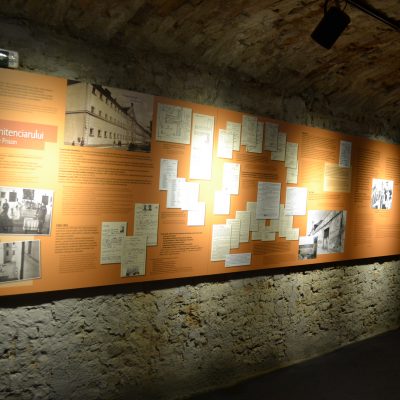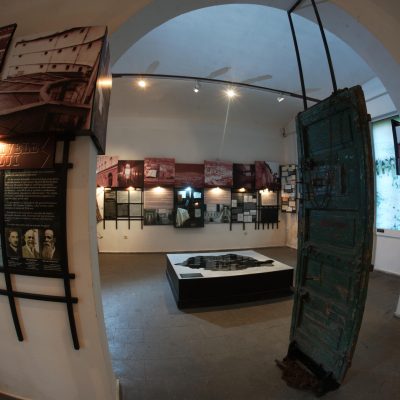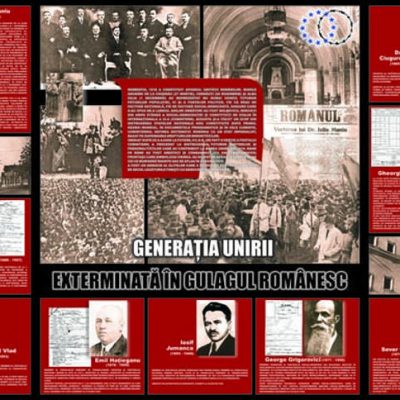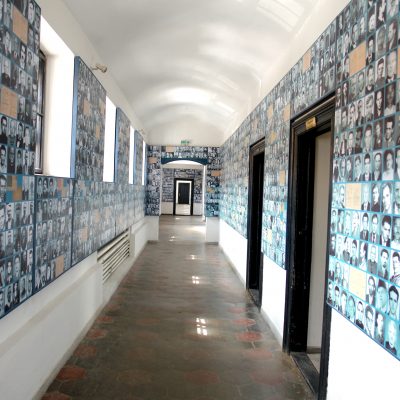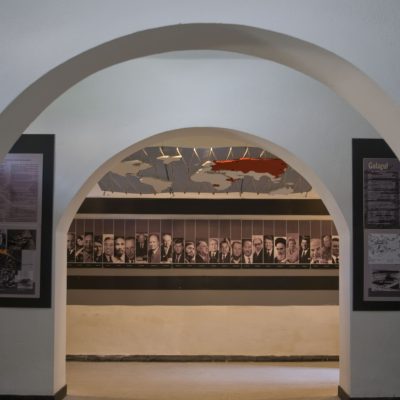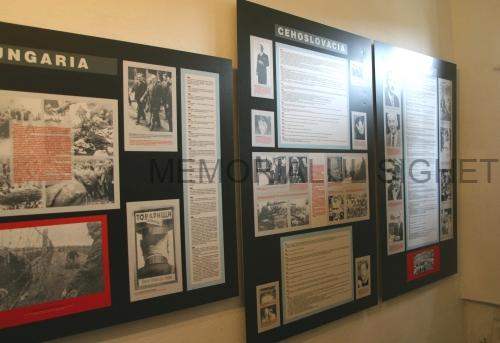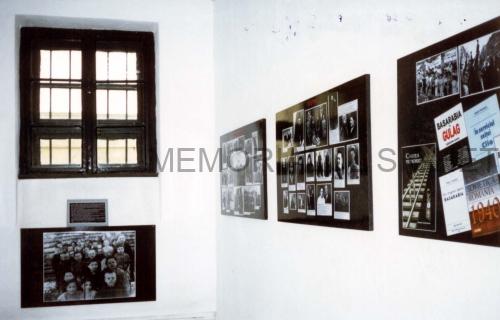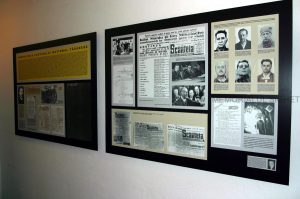 By destroying the three traditional Romanian parties (National Peasant, National Liberal and Social Democrat), the Communists achieved the transition from a multiparty democratic regime to a dictatorial one-party state.
By destroying the three traditional Romanian parties (National Peasant, National Liberal and Social Democrat), the Communists achieved the transition from a multiparty democratic regime to a dictatorial one-party state.
The photos and documents on exhibition summarise the history of the three parties from their foundation, with an emphasis on their later years, when they vigorously opposed communism. The methods by which the Communists banned and dissolved all the other political parties are illustrated.
In July 1947, the Tămădău frame-up was staged, an operation led by torturer Nicolschi: a group of Peasant Party leaders was arrested just as they were about to leave the country and continue the resistance in exile. As a result, the Communists outlawed the National Peasant Party and the entire leadership was tried for treason, the most serious of the charges being that they had maintained contacts with the British and Americans.
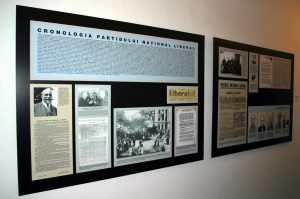 After the National Peasant Party was outlawed, the Liberals also tacitly ceased to operate. Although no official document is known to have been issued by the authorities, the National Liberal Party vanished from the political stage. The party’s newspaper, Liberalul, continued to be published until November 1947. In a second wave, in 1957-58, hundreds of National Liberal Party members were arrested.
After the National Peasant Party was outlawed, the Liberals also tacitly ceased to operate. Although no official document is known to have been issued by the authorities, the National Liberal Party vanished from the political stage. The party’s newspaper, Liberalul, continued to be published until November 1947. In a second wave, in 1957-58, hundreds of National Liberal Party members were arrested.
In February 1948, a one-party state was created, with the 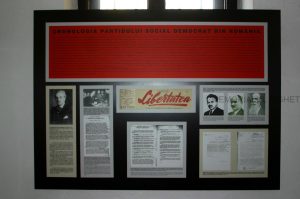 Romanian Communist Party merging with the Social Democrat Party to form the Romanian Workers Party. In reality, what happened was that the socialists were press-ganged into the Communist Party. Socialists who opposed the merger were arrested, and the leaders of the ad hoc Independent Social Democratic Party were given long prison sentences for “high treason”. They were released in 1955-56 after protests by the British Labour Party.
Romanian Communist Party merging with the Social Democrat Party to form the Romanian Workers Party. In reality, what happened was that the socialists were press-ganged into the Communist Party. Socialists who opposed the merger were arrested, and the leaders of the ad hoc Independent Social Democratic Party were given long prison sentences for “high treason”. They were released in 1955-56 after protests by the British Labour Party.


